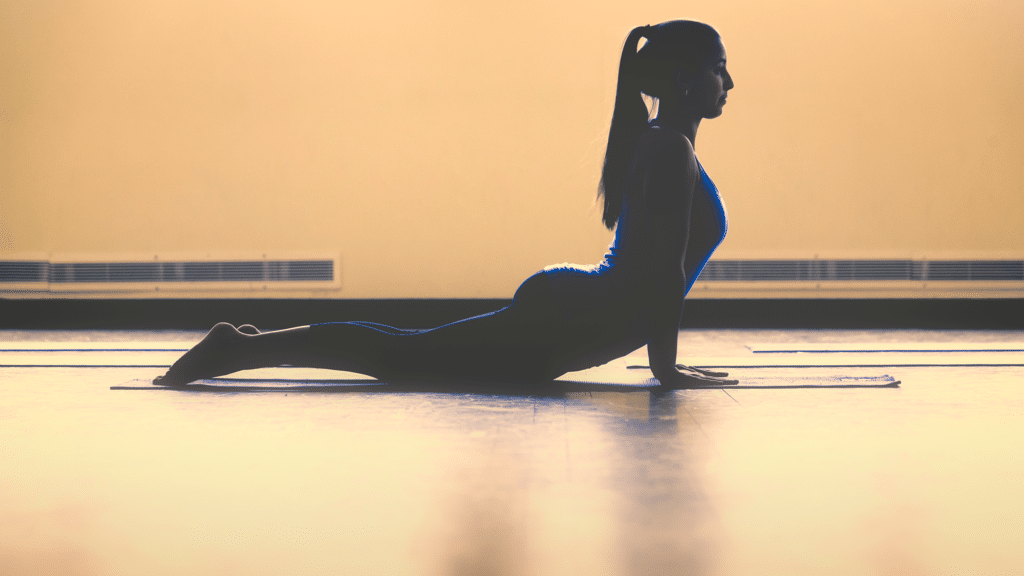Yoga for Arthritis
Some who suffer from arthritis pain might assume that all types of exercise are off-limits,
but yoga can help you feel better physically and mentally.
Certified yoga therapist Steffany Moonaz, Ph.D., a professor, and director of research at the Maryland University of Integrative Health, and the founder and director of Yoga for Arthritis, explains why it works.
How does yoga help with arthritis pain?
Pain is probably the biggest reason people with arthritis come to yoga-and pain is incredibly complicated.
Physically, strengthening the supporting muscles around a joint may increase stability,
which may reduce irritation within it.’
Or there could be nerve pain associated with degeneration-perhaps the spine is pressing on a nerve, leading to sciatica-and yoga may help alleviate it.
Some yoga practices affect the nervous system too. For example, research shows that
deep breathing shifts us out of our stress response (which people with chronic pain are
often in) and into the relaxation response, and that can reduce pain.
There are also pain pathways between the body and the brain where we interpret sensation; yoga may decrease pain by changing activity in those pathways.
Are there mental health benefits as well?
Yes. Arthritis includes more than 100 conditions that can affect just one joint or many.
Some, such as systemic lupus erythematosus, are autoimmune inflammatory diseases associated with depressive symptoms.
Plus, living with chronic pain from arthritis can be incredibly frustrating, stressful, and depressing.
Fortunately, several aspects of yoga, including the deep breathing mentioned above, can boost mental health.
Another approach we use, progressive relaxation, can help calm muscles and our emotional state.
So what’s the best way to get started?
First, ask your doctor if there are any poses or movements you should be careful about.
Then, if you’ve never done yoga before, ideally, you want an instructor with experience and training in working with arthritis to guide you one-on-one (in person or over Zoom).
They can offer specific tips on adapting a yoga practice for your body, which is going to be different if you have, say, rheumatoid arthritis in your hands than if you have osteoarthritis
in your knees.
With these considerations, you can attend a class and let the instructor know about your
condition.
When choosing a class, look for descriptions like “gentle,” “beginner,” “therapeutic,’ “restorative,’ “adaptive,’ “accessible,” and “for seniors.”
How long will it take to feel better?
There isn’t good research that says how much yoga you need to do, but I tell people yoga should be a lifestyle rather than an activity.
Proper posture, deep breathing, and morning stretches are things you can do all the time,
and they’ll help more than if you do one class a week and nothing in between.
It could take a month to see physical results, but you’ll likely feel better mentally right away.








